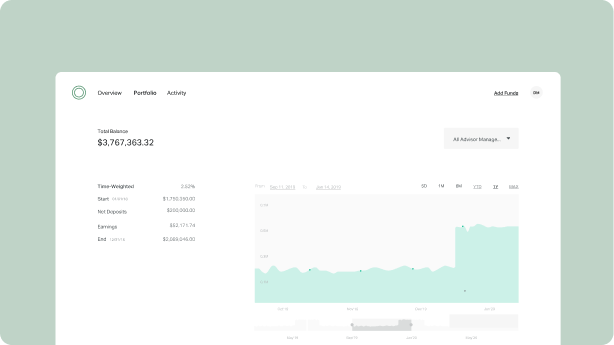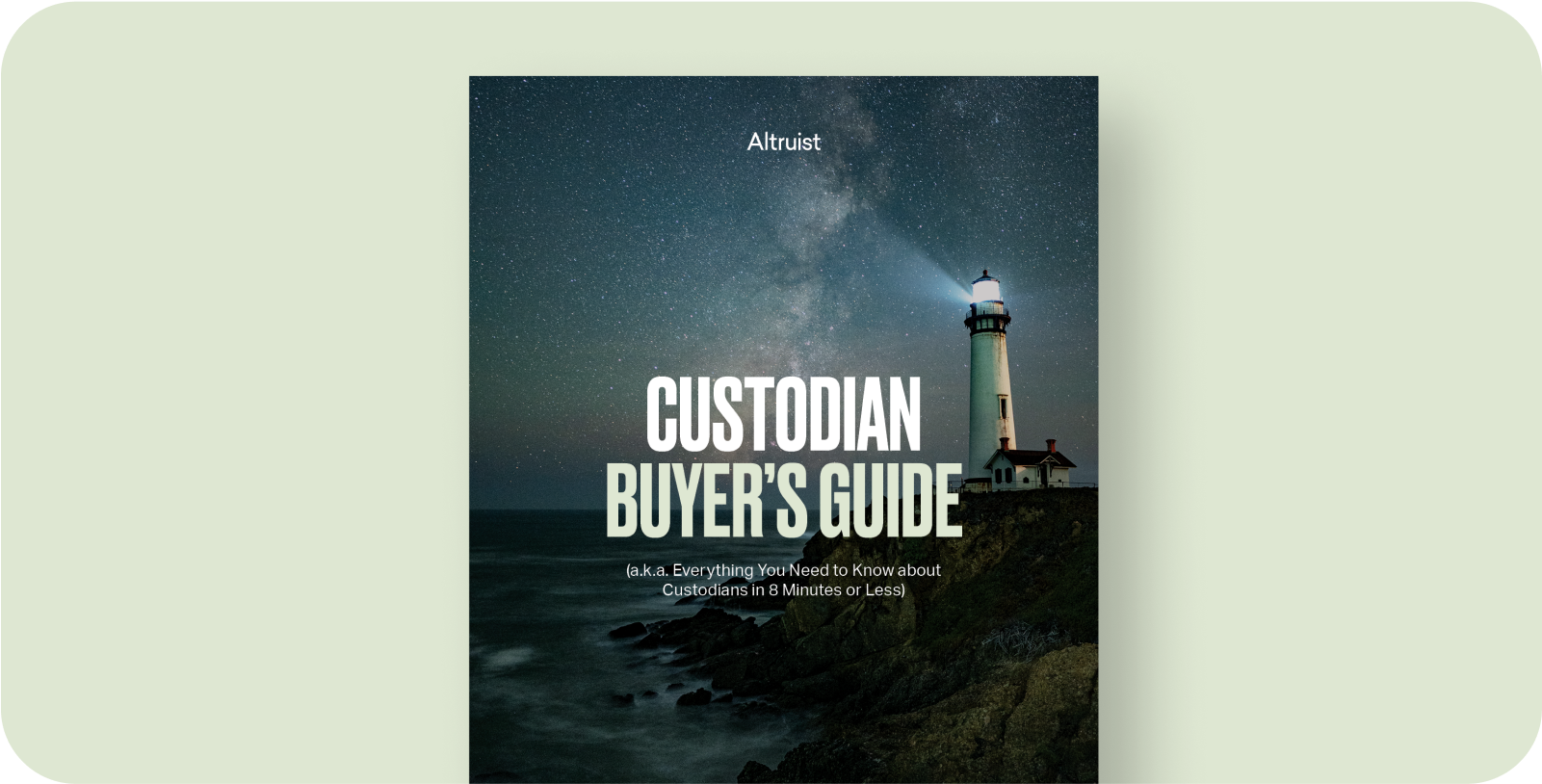For years, industry forecasters have been highlighting the impending "great wealth transfer." This long-expected passing down of generational assets is now beginning in earnest, leaving advisors wondering: what opportunities and risks will it bring, and what can I do to prepare?
RIAs seeking to capitalize on the tens of trillions of dollars in motion over the next 20 years need to understand how to appeal to the inheriting generations – first and foremost, Gen X.
How big will the wealth transfer be?
According to estimates by Cerulli Associates, $72 trillion in assets is set to be transferred to heirs between now and 2045 – most of it from the baby boomer generation to their Gen X children. Baby boomers currently hold $35 trillion in investable assets (a figure that will continue to grow, even as the wealth transfer begins). When they pass away, their children will inherit that wealth – and will need help managing it.
According to Chip Roame, CEO of Tiburon Strategic Advisors, as of 2022, Gen X (measured as ages 43-58) held investable assets valued at $14.5 trillion. This number is expected to grow by $70 trillion over the next 20 years for two main reasons:
- The ongoing wealth transfer to Gen X from older generations
- Gen X reaching their peak earning and saving years
By 2030, Gen X is projected to control $45 trillion in assets; by 2045, that figure will jump to nearly $85 trillion. As the wealth transfer begins to accelerate, it presents a unique opportunity for advisors who can position themselves to serve this market.
What this means for advisors
Attracting Gen X clientele while assets are in motion may require a new playbook. Advisors will have to figure out how to market their services both for net new clients, and the heirs of current clients. This means understanding Gen X’s needs, values, and expectations – and aligning their operations to match them.
Among those leading the way is Amy Barnes of Firebrand Wealth Management. Amy’s clients are mostly women in their 40s and 50s who expect a seamless and digital-first experience. Before joining Altruist, it could take Amy 3-4 weeks to open and fund an account – leaving her tech-savvy client base wondering what the hold up was. Instead of weeks, those accounts are now open in minutes.
Gen X wants the best parts of technology and human advice
Gen X is the youngest cohort of a group referred to as “digital immigrants” – people born into a world that didn’t rely heavily on technology, and who had to learn and adapt as it rapidly progressed.
But unlike the baby boomers, and the silent generation before them, Gen X (also known as the “MTV generation”) has not struggled to adopt and embrace new technologies. According to a Pew Research survey, for example, 90% of Gen Xers own a smartphone and 76% use social media.
They also expect digital-first financial management. When surveyed, 81% of Gen X members prefer to bank using a mobile app or an online dashboard (as opposed to just 18% in person).
Gen Xers expect technology to be seamlessly integrated into their financial lives – whether that’s an intuitive online dashboard, or fully digital account opening. To effectively serve this next generation of asset holders, advisors will need to demonstrate a commitment to this digital-first mindset, leveraging technology to improve both client experience and outcomes.
Despite their adoption of technology, Gen X remains distinct from the “digital natives” (millennials and younger). They are still comfortable with delegating financial decisions to advisors, provided there's a foundation of transparency and ease of use. As Patrick Mckenna of Facet Wealth puts it: “Generation X is coming of age as the fastest growing dollar segment and has a unique value proposition as they still have an expectation of personal advice intertwined with digital.”
Risks advisors face if they don’t adapt
Advisors who fail to make their services marketable to Gen X risk missing out on the trillions of AUM set to change hands in the coming years – they also risk losing their existing AUM when it gets passed to the heirs of current clients. Research indicates that anywhere between 70 and 90% of people who inherit substantial wealth from their parents fire the financial advisor who handled it for them. Advisors who have baby boomer clients on their books should be thinking about client retention strategies with Gen X in mind.
Altruist as a differentiator
Where legacy custodians often fall short due to their complexity, inefficiency, and outdated technology, Altruist stands apart as a modern solution that appeals to Gen X clients. From a user-friendly interface, to fully digital account opening processes, to fast, seamless asset transfers, data transparency, and more, Altruist combines simplicity and functionality into a digital-first user experience.
As James Vermillion of Vermillion Private Wealth notes: “I was nervous when I started my own firm that I wouldn't be able to keep up with all the paperwork and processes. Altruist makes onboarding clients and opening accounts super easy.”
“Digital ACATS, digital account opening, simple bank connection, [and a] smartphone app make the platform a breeze to use for end clients,” adds Matthew Fox of Ithaca Wealth Management.
By understanding Gen X's preferences and leveraging the right tools, advisors can position themselves to attract and retain valuable clients through the forthcoming evolution of client expectations. If you’re interested to learn more about Altruist, please consider connecting with our team.
Altruist and our affiliates did not pay for this testimonial, but we do earn revenue from financial advisors who use our platform. This customer review may not represent the experience of others and it isn’t a guarantee of results, but we’d love the opportunity to show you firsthand.












